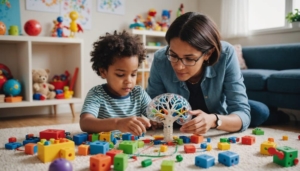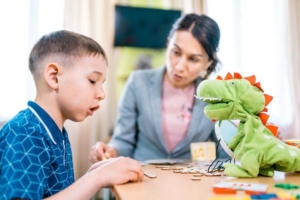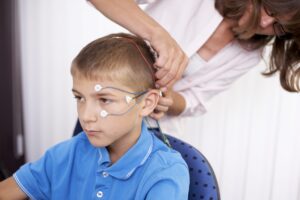Vestibular stimulation effect on quiet
stance balance in 3- to 7-year-old children
with cerebral palsy
S.A. Hosseini1, H.A. Haghgoo1, B. Zeinal Zadeh1,
E. Pishyareh1, S. Talebian2
۱Occupational Therapy, University of Social Welfare and
Rehabilitation Sciences, 2Tehran University of Medical
Sciences, Tehran, Iran
Background and aims: Children with cerebral palsy (CP) show a variety of neurological deficiencies such as problem with processing tactile, somatosensory, proprioceptive, visual and vestibular information which leads to discoordination in bilateral movements, movement sequencing and planning and equilibrium disorders.
The vestibular system plays an important role in the general development and balance which is distorted severely in CP children. We aimed to investigate the effect of vestibular stimulation on quite stance balance in CP children.
Methods: Vestibular stimulation was performed twice weekly with a course of 12 sessions for 20 CP children. Using force plate, different parameters such as sideway range, range fore-after, area and mean velocity were measured. Data were analyzed statistically using U-Mann-
Whitney and Wilcoxon tests.
Results: Mean velocity parameter as a postural control parameter showed significant changes but no significant change was shown in stability postural parameters.
Conclusion: Application of vestibular stimulation for CP children can lead to significant changes in postural control mean velocity. Accordingly, those children who have received vestibular stimulation in this project showed a new balance strategy that would lead to an increase in exploratory








